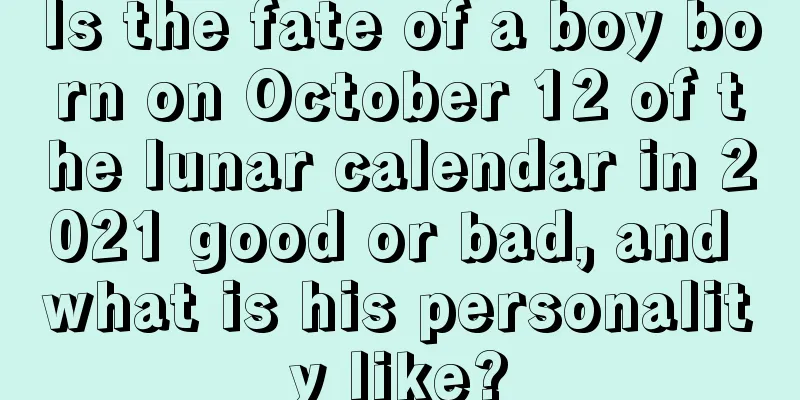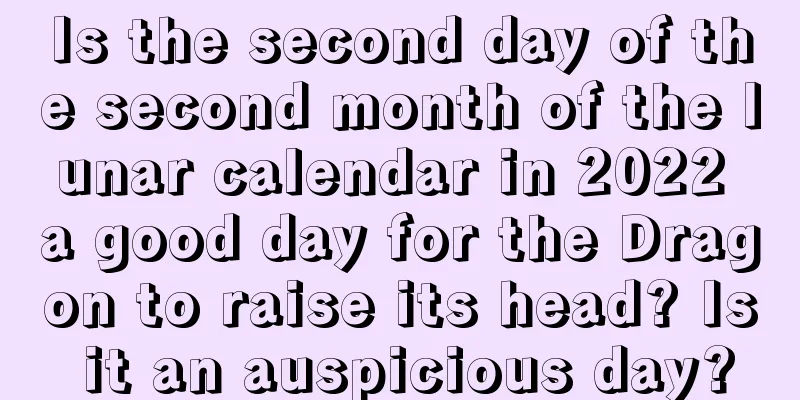How do children in different countries celebrate Children's Day?

Children's Day is an international holiday, so many countries in the world have the tradition of celebrating Children's Day. So how do children in different countries celebrate Children's Day? The fireworks of March have passed, and the most beautiful April has arrived. For more details about the 2018 lunar calendar for March, please visit the Fortune Teller website for consultation!JapanJapan is the country that celebrates Children's Day the most in the world. They celebrate Children's Day three times a year, and the way they celebrate is very interesting and full of strong Japanese style.March 3rd is Girls' Day: This festival is specially set up for little girls. On this day, parents with daughters will set up a display stand at home and put beautiful girl dolls wearing Japanese kimonos on the stand as a holiday gift for their daughters. May 5th is Boys' Day: On this day, families with sons hang "carp flags" in front of their doors, which means carp jumping over the dragon gate. Carp flags are made of cloth or silk cut into a "hollow carp" and come in three colors: black, red, and blue. Black represents the father; red represents the mother; and blue represents the boy himself. If there are several boys in the family, a few blue and green flags will be hung at the door. The more blue flags there are, the more brothers this family has. In the minds of the Japanese, carp symbolizes strength and courage. November 15th is "Shichi-Go-San" Children's Day: In Japanese customs, three, five and seven years old are three particularly lucky ages for children, so this day every year is celebrated lively for children of these three ages. On this day, children will wear their best traditional kimonos and carry a small paper bag with patterns of pine trees, turtles or cranes painted on it. The bag will be filled with candies and toys bought by their parents. After dressing up, parents will take their children to the shrine to pray and thank the gods for bringing health and happiness to their children. RussiaRussia's Children's Day is completely in line with the international one and is on June 1st. Whenever Children's Day comes, children from all over Russia celebrate their holiday with great joy, perform folk songs and dances, and hold celebrations in schools.In fact, the origin of Children's Day has an important connection with Russia. In November 1949, the Women's International Democratic Federation held a board meeting in Moscow. In order to protect the right to survival, health care and education of children in all countries of the world and improve the lives of children, the conference decided to designate June 1st of each year as International Children's Day. SpainChildren's Day in Spain is on January 5th. It is actually a religious holiday, which means "Day of the Magic King" from Spanish. Legend has it that a long time ago, three kings came from the East - the Black-Faced King, the Yellow-Faced King and the White-Faced King to Spain. These three kings brought happiness and joy to people. They are also the "imperial envoys" who specialize in delivering gifts to children. The time for giving gifts is set on January 5th every year, so this festival becomes associated with children.To celebrate this festival, there are parades of floats all over Spain on the evening of January 5th and the morning of January 6th. The "Three Kings" on the float kept scattering various candies to comfort the children. When the parade arrives at the gate of the city government or district government, any child who can sit on the king's lap will receive a beautiful gift, and the child who receives the gift must also promise the king that he or she will study hard. South KoreaChildren's Day in Korea evolved from "Boys' Day" in 1923. It is also a public holiday in South Korea, which falls on May 5th every year. On this day, children can enjoy themselves to their heart's content and parents should prepare the gifts they want most for their children. Many children will also wear Hanbok on this day to experience traditional Korean culture.SwedenSweden also divides Children's Day into more detailed categories. August 7th of each year is "Boys' Day", also known as "Lobster Day", which means to encourage little boys across the country to learn the bravery of lobsters. On this day, children will dress up as lobsters and perform some very lively and cute shows.December 13th is "Girls' Day" in Sweden, also known as "Goddess Lucia Day". Lucia is a goddess who protects girls in Swedish legend. Every time this festival comes, girls dress up as the goddess and do good things for other children. U.K.In August 1925, representatives from 54 countries held the "International Conference on Child Welfare" in Geneva, Switzerland, and adopted the "Geneva Declaration on Child Protection". The Declaration makes an earnest appeal for children's spiritual enjoyment, relief for poor children, and children's opportunities to earn a living. After the conference, governments of various countries successively established "Children's Day" in their own countries to encourage children, make them feel great, happy and joyful, and also make people in society pay attention to and love children. The British government has designated July 14th of each year as Children's Day.ColombiaColombia designates July 4th of each year as Children's Day. During this festival, schools across the country hold various lively celebrations. Children often put on various masks, dress up as clowns and play in the streets happily.BrazilChildren’s Day in Brazil is on August 15th, which also happens to be Brazil’s “National Epidemic Prevention Day”. Therefore, every time this day comes, doctors from all over the country will see children and give children under the age of 5 years old vaccinations against polio, showing that the government cares very much about children's health. In addition, Brazil's "Apparition Day" on October 12 is often celebrated as Children's Day with some celebrations.GermanyDuring the Cold War, East and West Germany had very different practices on Children's Day. First of all, the dates were different: June 1 in East Germany and September 20 in West Germany; the names were also different: East Germany called it "International Children's Day" (internationaler Kindertag) and West Germany called it "World Children's Day" (Weltkindertag). In addition, there are differences in festival traditions. |
>>: What is the origin of Children's Day? When is Children's Day?
Recommend
Is it possible to move on the 30th day of the sixth lunar month in 2017?
1. What day is the 30th day of the sixth lunar mo...
What are the taboos on the third day of the sixth lunar month in 2018?
The sixth month of the lunar calendar is also kno...
August 24th of the lunar calendar in 2017, is it a good day?
August is a wonderful month because it has the be...
What is the fate of a girl born on April 21st of the lunar calendar in 2018? Is it good?
Introduction: Whether a person’s destiny is good o...
Can I move house on May 5, 2020 (the beginning of summer)? Is it auspicious or inauspicious to move into new house?
The term for moving in the lunar calendar is: movi...
Should we send blessings for health or happiness during the Mid-Autumn Festival? Mid-Autumn Festival Blessings
The annual Mid-Autumn Festival is coming soon. Mid...
Is the Eight White Zuo Fu star in the northwest in 2020? What are its five elements attributes?
The so-called nine stars form images in the sky an...
Recommendation for the best auspicious time to open the door on the first day of the Lunar New Year in 2022! What are the requirements for firing the door gun?
There is a custom of opening the door on the first...
Is the Lesser Heat of 2018 suitable for ancestor worship? What should we pay attention to during the worship?
Introduction: Sacrifice is one of the important cu...
Analysis of the fate of people born on Qingming Festival under the zodiac sign of Snake, is the fate good or bad?
The zodiac snake is one of the twelve zodiac signs...
Is it possible to worship ancestors on the 19th day of the first lunar month in 2021? Is it auspicious?
Sacrifice refers to the use of offerings and ritua...
What zodiac sign does a baby born on the fifth day of the seventh lunar month in 2017 belong to?
Introduction: The study of numerology is a broad a...
Can I play cards or mahjong during the Spring Festival? Where is the best seat?
Introduction: Every Spring Festival, relatives and...
Is it suitable to build a house on the 20th day of the first lunar month in 2018?
In the terminology of Feng Shui, breaking ground r...
Will children born during the Yin hour (03:00~04:59) on New Year's Day 2022 have good fortune and be blessed?
New Year’s Day is not a traditional festival in my...









